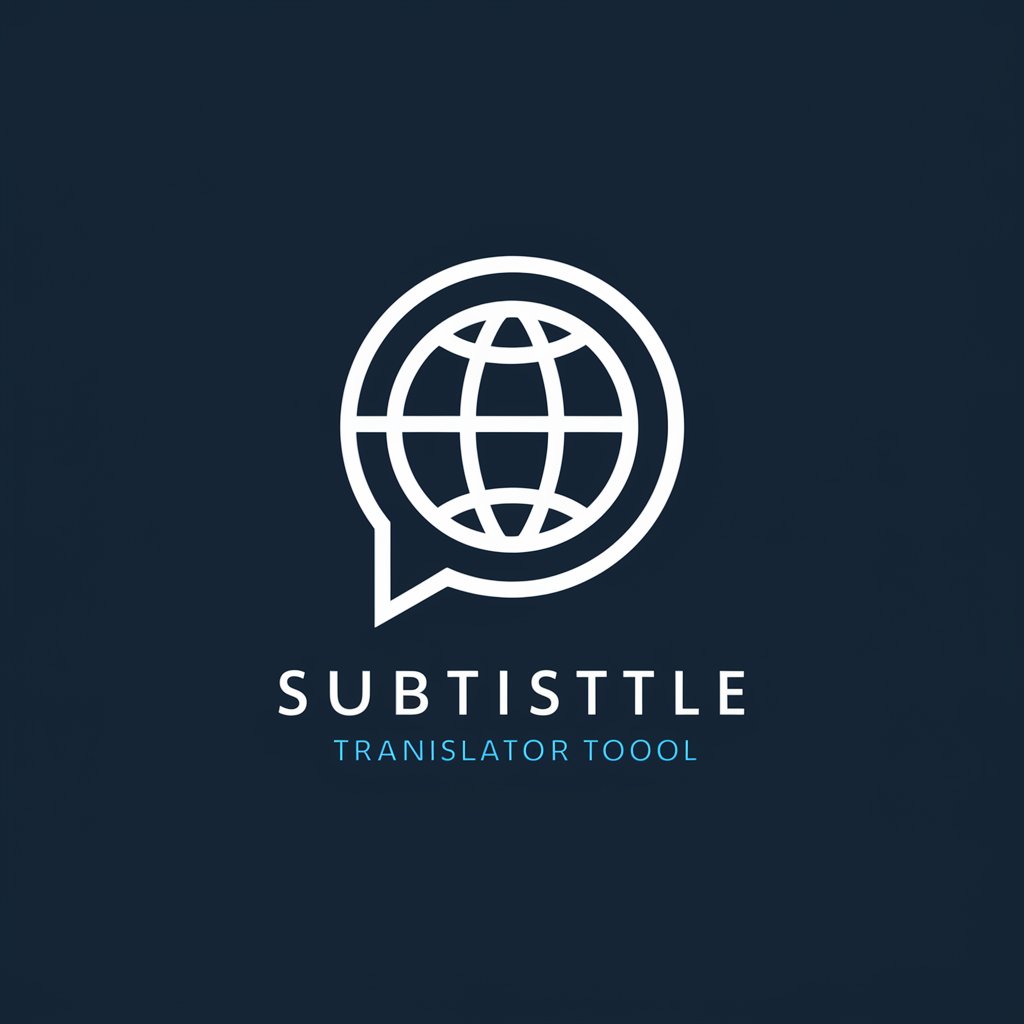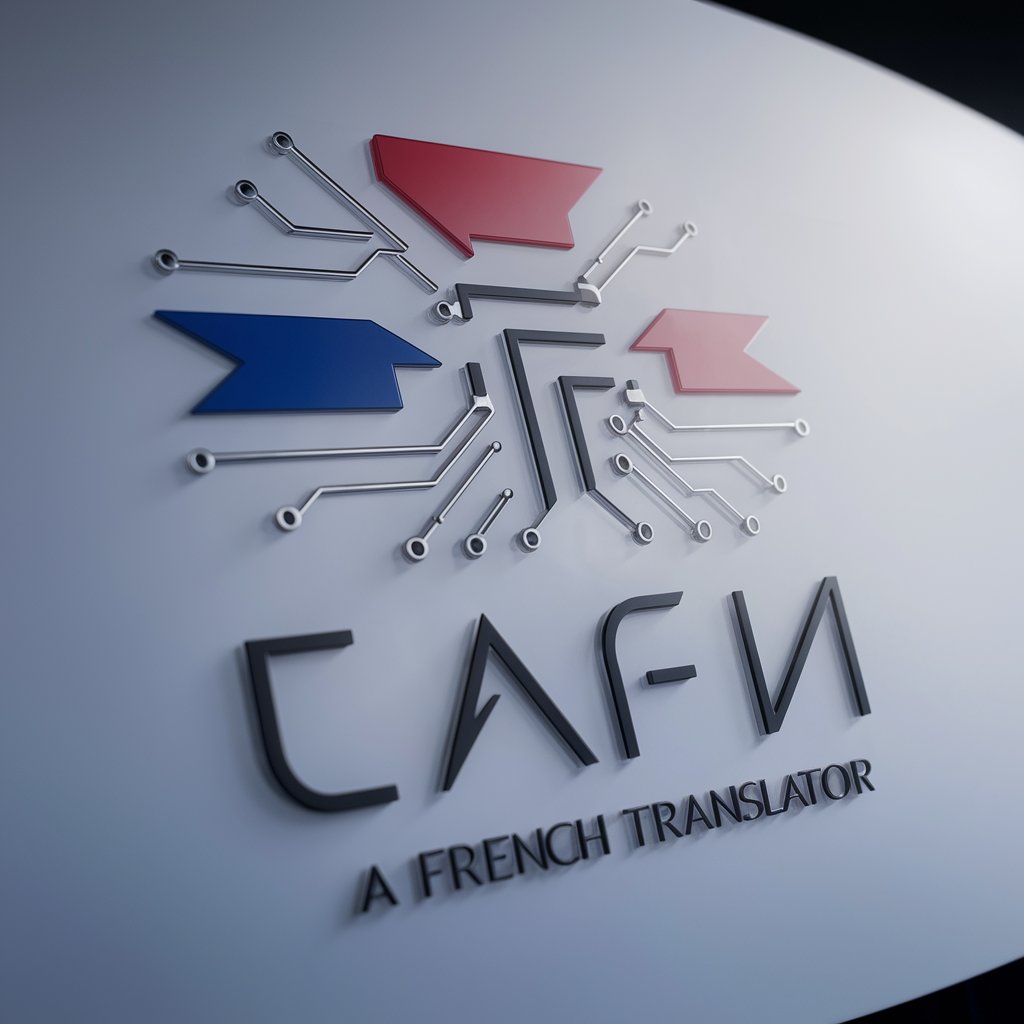3 GPTs for Media Localization Powered by AI for Free of 2026
AI GPTs for Media Localization are advanced tools that leverage Generative Pre-trained Transformers (GPTs) technology to automate and enhance the process of adapting media content for different languages and cultural contexts. These tools are designed to understand and translate not just the language but also the cultural nuances, ensuring that media is relevant, accurate, and engaging for diverse audiences. By utilizing AI GPTs, media companies can efficiently localize movies, TV shows, video games, and other content, making them accessible and relatable to global audiences.
Top 3 GPTs for Media Localization are: 韩国语翻译 Pro,Subtitle Translator,颠丽法语
Key Attributes of AI Localization Tools
AI GPTs for Media Localization stand out for their adaptability and comprehensive support across various media localization tasks. Key features include advanced language translation capabilities, cultural nuance adaptation, automated subtitle generation, and voice dubbing support. These tools can analyze and adapt content for local idioms, slang, and cultural references. Additionally, they offer technical support for integrating with existing content management systems, web searching for context accuracy, image creation for localized graphics, and data analysis for audience insights.
Who Benefits from Media Localization AI?
AI GPTs for Media Localization are ideal for a wide range of users, from media localization novices to seasoned professionals and developers. They cater to content creators, localization specialists, and media companies looking to expand their global reach without extensive coding knowledge. Meanwhile, developers and technical users benefit from the tools' customization options, allowing for tailored solutions that fit specific project needs.
Try Our other AI GPTs tools for Free
City Comparison
Discover how AI GPTs for City Comparison can transform your understanding of urban environments with detailed, data-driven analyses and insights, accessible to everyone.
Relocation Costs
Explore how AI GPTs for Relocation Costs revolutionize moving by offering precise cost estimates, personalized advice, and seamless integration for an effortless relocation experience.
Chapter Breakdown
Discover how AI GPTs for Chapter Breakdown can transform your approach to content analysis with advanced AI technology, offering tailored insights, summaries, and efficient organization of textual materials.
Bootcamp Advisor
Discover how AI GPTs for Bootcamp Advisor revolutionize educational guidance, offering personalized bootcamp recommendations with advanced AI technology.
Networking Development
Explore AI GPTs for Networking Development: tailor-made AI solutions enhancing tasks from automation to security in networking. Ideal for all skill levels.
Compliance Consultation
Discover how AI GPTs for Compliance Consultation can revolutionize compliance management with tailored solutions, adaptable features, and user-friendly interfaces for professionals and novices alike.
Enhanced Customization and Integration
AI GPTs for Media Localization not only offer a wide range of out-of-the-box features but also provide extensive customization options for developers. These tools can be integrated into existing content management systems, offering a seamless workflow for media localization projects. User-friendly interfaces make these technologies accessible to a broad audience, ensuring that even those without technical expertise can effectively localize content.
Frequently Asked Questions
What is AI GPT for Media Localization?
AI GPT for Media Localization refers to the use of Generative Pre-trained Transformers to adapt media content for different cultural and language markets, ensuring relevance and engagement across global audiences.
How do AI GPTs tools adapt content for different cultures?
These tools analyze content to identify and adapt cultural nuances, idioms, and references, ensuring the localized version resonates with the target audience's cultural context.
Can AI GPTs handle complex localization tasks?
Yes, AI GPTs are capable of handling complex localization tasks, including translation, dubbing, subtitling, and cultural adaptation, through advanced AI and machine learning algorithms.
Are these tools accessible to individuals without programming skills?
Yes, AI GPTs for Media Localization are designed to be user-friendly, enabling individuals without programming skills to utilize advanced localization features.
How can developers customize AI GPT tools for specific projects?
Developers can access APIs and scripting options to tailor AI GPT tools for specific localization needs, integrating them seamlessly with existing workflows or systems.
Do AI GPTs support multiple languages for localization?
Yes, AI GPTs support a wide range of languages, enabling media content to be localized for a global audience with high accuracy.
Can AI GPTs improve the efficiency of the localization process?
Absolutely, by automating tasks such as translation and cultural adaptation, AI GPTs significantly reduce the time and resources required for media localization.
How do AI GPTs ensure the accuracy of localized content?
AI GPTs use advanced algorithms to understand context and cultural nuances, ensuring that translations and adaptations are accurate and culturally appropriate.


